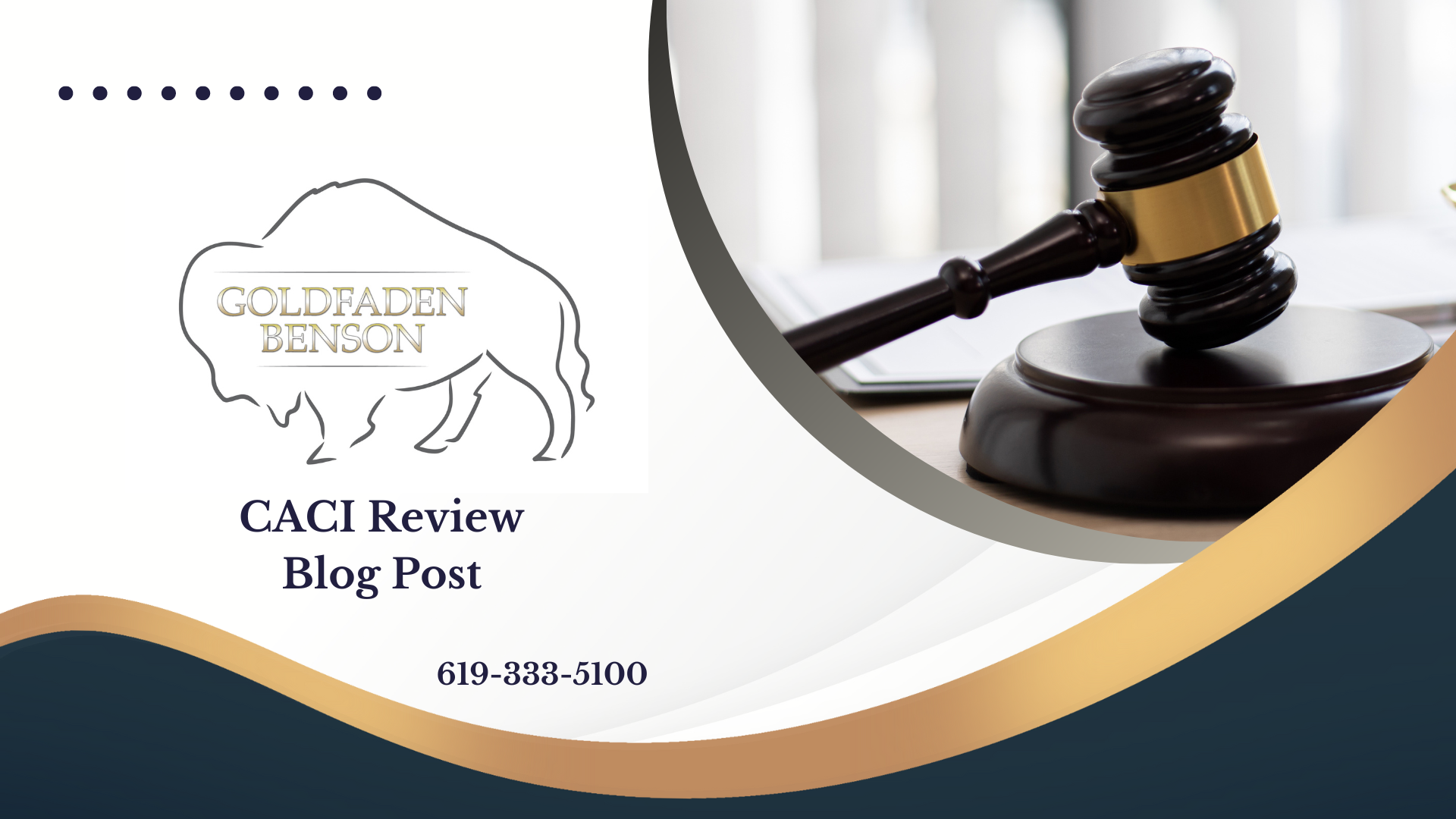Understanding the Basics of Negligence in California
When you're injured due to someone else's actions (or inactions), you might consider pursuing a legal claim for negligence. Negligence is a fundamental concept in personal injury law, often surfacing in civil law disputes. Here’s a clear breakdown of what must be proven if you decide to go this route.
What Is Negligence?
Negligence occurs when someone fails to exercise reasonable care, resulting in harm to another person. It's about being responsible; if someone doesn’t act in a way that a reasonably careful person would under similar circumstances, they may be deemed negligent.
The Key Elements of a Negligence Claim
To establish a successful negligence claim in California, it's essential to prove four critical elements:
1. **Duty of Care**: The first component involves a legal duty that the defendant owed to the plaintiff. Often, we owe a general duty to act as a reasonable person would to avoid foreseeable harm. For example, a driver has a duty to follow traffic laws to ensure the safety of other road users.
2. **Breach of Duty**: Next, it must be shown that the defendant breached that duty. This means proving that their actions (or lack thereof) fell short of the standard of care. For instance, if a driver speeds, they may have breached their duty by not driving safely.
3. **Causation**: This is about linking the defendant’s breach to the injury suffered by the plaintiff. The two key facets here are "cause in fact" (but for the defendant’s actions, the injury would not have occurred) and "proximate cause" (the injury must be a foreseeable result of the action).
4. **Damages**: Finally, the plaintiff must have suffered actual damages as a result of the defendant’s negligence. These damages can include medical bills, lost wages, pain and suffering, and more.
Real-Life Scenario
Imagine you are at a grocery store. As you walk down an aisle, you slip on a wet floor that hasn’t been marked with a warning sign. The store staff could be found negligent if it is proved that they were aware of the spill and failed to act promptly to address it. In this scenario, the store has a duty to ensure that customers can navigate safely, which they breached by not maintaining safe conditions. You would have to show any injuries and medical expenses incurred as a result of your fall to claim damages.
Taking Action
If you believe that you have a case based on these principles of negligence, it’s crucial to act soon as visitation deadlines can impact your ability to file a claim. At Goldfaden Benson, our experienced team can guide you through the legal landscape to ensure your rights are protected. If you have any questions or wish to discuss your situation, reach out to us at Goldfaden Benson.
Navigating personal injury law can be overwhelming, but understanding the fundamentals of negligence can empower you. If you've experienced what you believe may be the result of someone else’s negligence, consider networking with skilled legal professionals to explore your options.
What do you think? Is a better understanding of negligence a game changer for you? Reach out today to learn more about your situation or to schedule a consultation. Your safety matters, and so does your clarity in these complex matters.
For more information on negligence or to discuss your specific concerns, visit our website at www.goldfadenbenson.com/contact-us.








